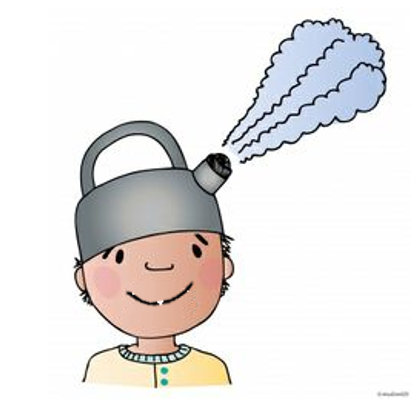
As an educational researcher, I focus on the bèta science subjects in secondary education. Internationally, these subjects are also often referred to as STEM: Science, Technology, Engineering and Mathematics. Some time ago, I heard the suggestion to add a letter to this formula: the A of Art.
This is food for thought. In my research, I tried to briefly determine what people thought that an engineer, or a designer needed. Among other characteristics, I heard that a lot of people associated these professions with being creative, and being able to build things. Also, when designing, you often go back to your previous steps and adjust your choices to optimize the result. Some people even mentioned they thought of a designer (or engineer) as an artist. These qualities are not only used by designers and engineers, but often also by artists. Qualities that are considered to be important in STEM, appear to be important in the arts as well (or vice versa!).
I think Arts and Sciences are a good match. For one, you can communicate science through art. I remember a conversation I recently had with my peers, about valorisation of our research and letting people know your results. Getting into the headlines of newspapers is hard. Why not use art to communicate scientific research? Art can be a great way of enhancing one’s experience with science, not only addressing their ratio, but also their emotions end feeling for aesthetics. And why not use art in science? A creative infographic could really light up your paper. Art is also valuable in science education: as a trained Biologist, I drew hundreds of plants, animals, cell structures… Drawing enhances the amount of detail in which you look at things, which ultimately leads to a greater understanding of that what you’re studying. Art, in terms of music, could help you better understand the scientific content of a message: for example in this Dutch DNA song I made with peers during a Science Communication course.

Arts and sciences are combined during festivals, such as the Night of Art and Knowledge, which took place last month here in Leiden. The several activities present included music acts (with attention to the science of music), maths in comedy, arts inspired by astrophysics, science themed theatre and storytelling, and more. The next Night of Arts and Sciences is already in the planning. The theme of this year’s children’s book week in the Netherlands is related to science. I often consider children’s books also small pieces of art. They do not only communicate knowledge, they communicate feeling as well.
In my opinion, arts and sciences can enhance each other when combined. Please comment below if you know more ways in which they might enhance (or possibly hinder?) each other. Do you think there is a future for STEAM? Feel free to share your thoughts (and let off steam).![]()







Yes STEAM is hot. The new ICT and learning call of the Horizon2020 program focuses on STEAM target group. But I still have difficulties with merging STEM and Arts as disciplines. I can imagine how STEM can use Arts ways of communicating or how Arts studies STEM topics. But how can STEAM as a multidisplinary domain be advanced? I really do not know.
I strongly agree that sciences and arts can enhance and improve each other. While reading your blog, I thought about science fiction. Many popular movies (both new and old, cultclassics and blockbusters) contain elements of both arts and sciences. Recently, movies like Jurassic World, Interstellar and The Martian come to mind, but maybe an even more pronounced example would be Star Wars. The fact that the general public is interested in these films might create opportunities make (bèta) sciences more popular. So yes, I think there is future for STEAM!